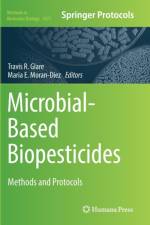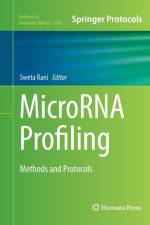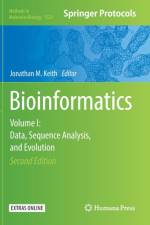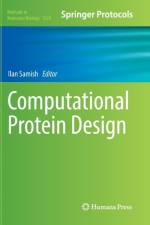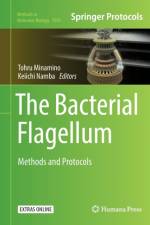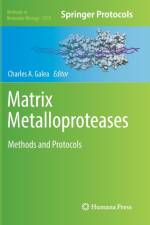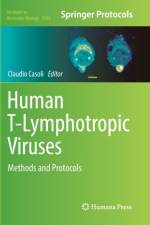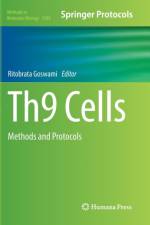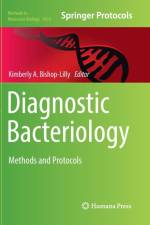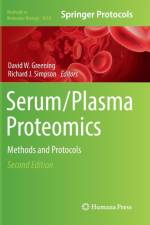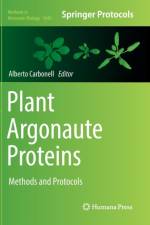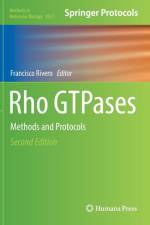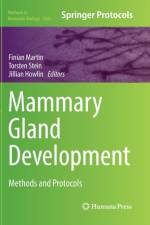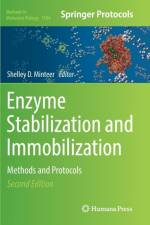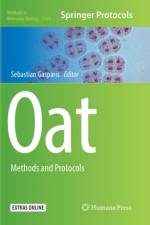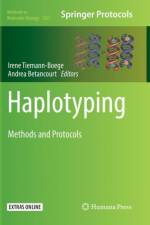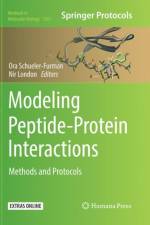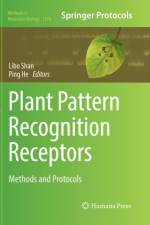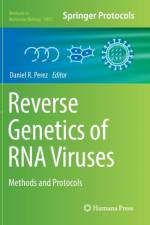- Methods and Protocols
1 775,-
Over the past decade, there has been an increase in powerful proteomics technologies that allow greater fundamental insights into the blood proteome. Further developments in informatic analyses, software developments, and computational tools are providing insights into large data sets, open-source data along with large-scale application of bioinformatics. Serum/Plasma Proteomics: Methods and Protocols, Second Edition is a comprehensive resource of protocols for areas, pre-analytical through to analytical, of plasma and serum proteomics. Divided into five convenient sections, covering fractionation strategies for in-depth blood proteome analysis, defined procedures for blood collection, handling and storage, detailed protocols for performing both antibody-based and non-antibody based quantitative assays, proteome analysis of blood cell compartments, circulating nanomebraneous vesicles and blood-related fluids, data management, statistical design, and bioinformatic challenges. Written in the highly successful Methods in Molecular Biology series format, chapters include introductions to their respective topics, lists of the necessary materials and reagents, step-by-step, readily reproducible laboratory protocols, and tips on troubleshooting and avoiding known pitfalls.Authoritative and practical, Serum/Plasma Proteomics: Methods and Protocols, Second Edition delivers a valuable foundation for the development and application of blood-based proteomics, and further incorporates blood cell components, including platelets, red blood cells, circulating extracellular vesicles/exosomes, and related biofluids.


